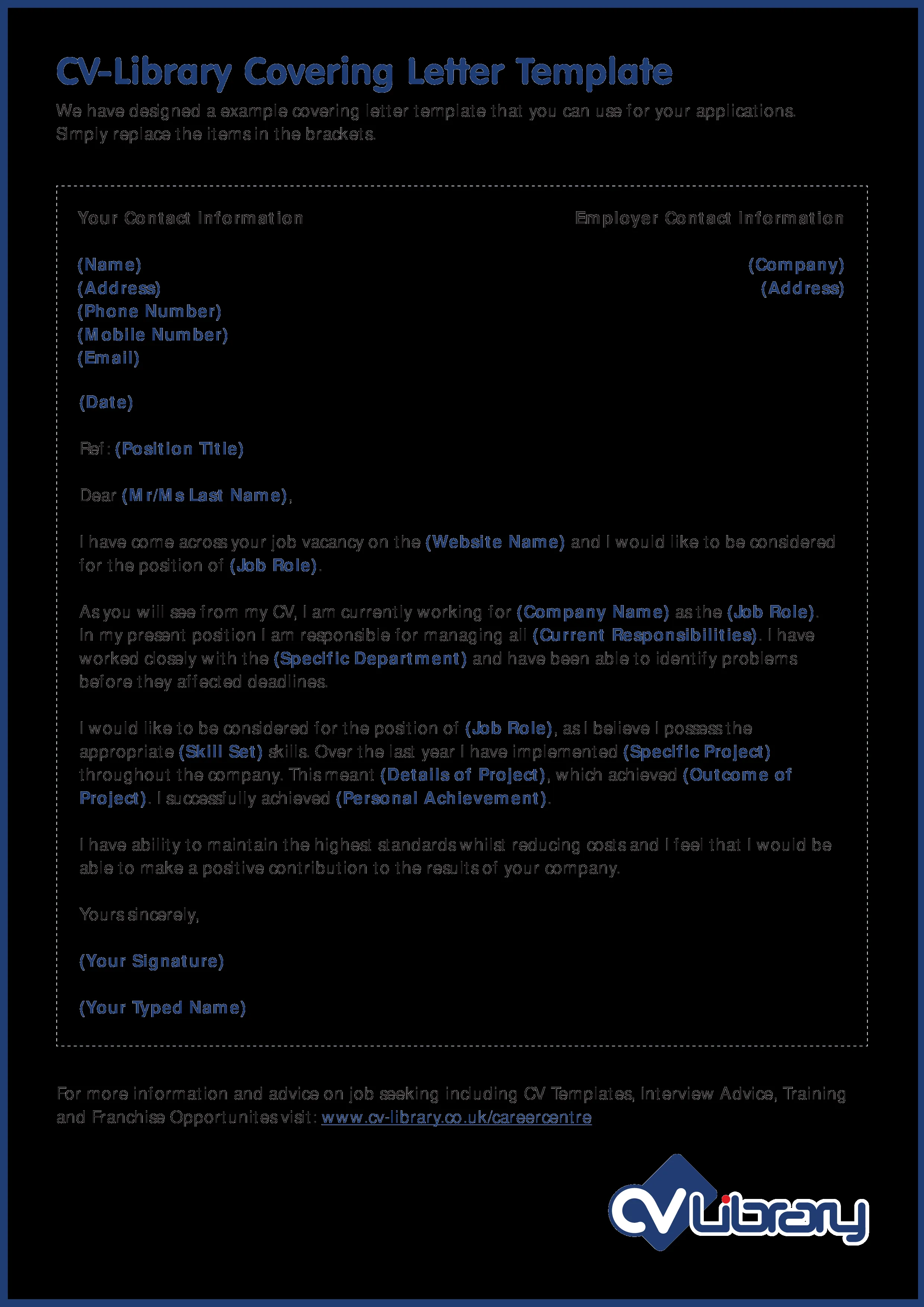A well-crafted cover letter is your first opportunity to make a strong impression and secure an interview for a Children’s Librarian position. It’s a crucial document that complements your resume, providing context and highlighting the skills and experiences most relevant to the job. Writing a stellar cover letter isn’t just about listing your qualifications; it’s about showcasing your passion for children’s literature, your commitment to fostering a love of reading, and your ability to connect with young patrons and their families. This guide will provide you with a step-by-step approach to creating a cover letter that stands out from the crowd and significantly increases your chances of landing your dream job.
Highlighting Your Passion for Children’s Literature
The most successful Children’s Librarians possess a genuine love for children’s books and a deep understanding of their impact. Your cover letter should immediately convey this passion. Don’t just state you like children’s books; demonstrate it. Share a specific example of a book that has influenced you or a memorable experience you had with children and reading. This could be anything from a childhood favorite to a recent book you shared with a child or a group of children. By sharing such an experience, you make your letter more personalized and show employers that you not only love books but also understand how to engage children and foster their love of reading.
Showcasing Relevant Experience and Skills
Beyond your passion, your cover letter should highlight the skills and experiences that make you a great fit for the role. Think about the key responsibilities listed in the job description and ensure your letter reflects your ability to perform those tasks. This is where your experience comes into play. Whether you have worked in a library, a school, or another environment with children, the experience that aligns with the responsibilities should be emphasized. Consider including achievements, and consider adding quantifiable results when possible, to show the impact of your work. This will give a clear picture of how you have used these skills and what you were able to accomplish.
Tailoring Your Cover Letter to the Job Description
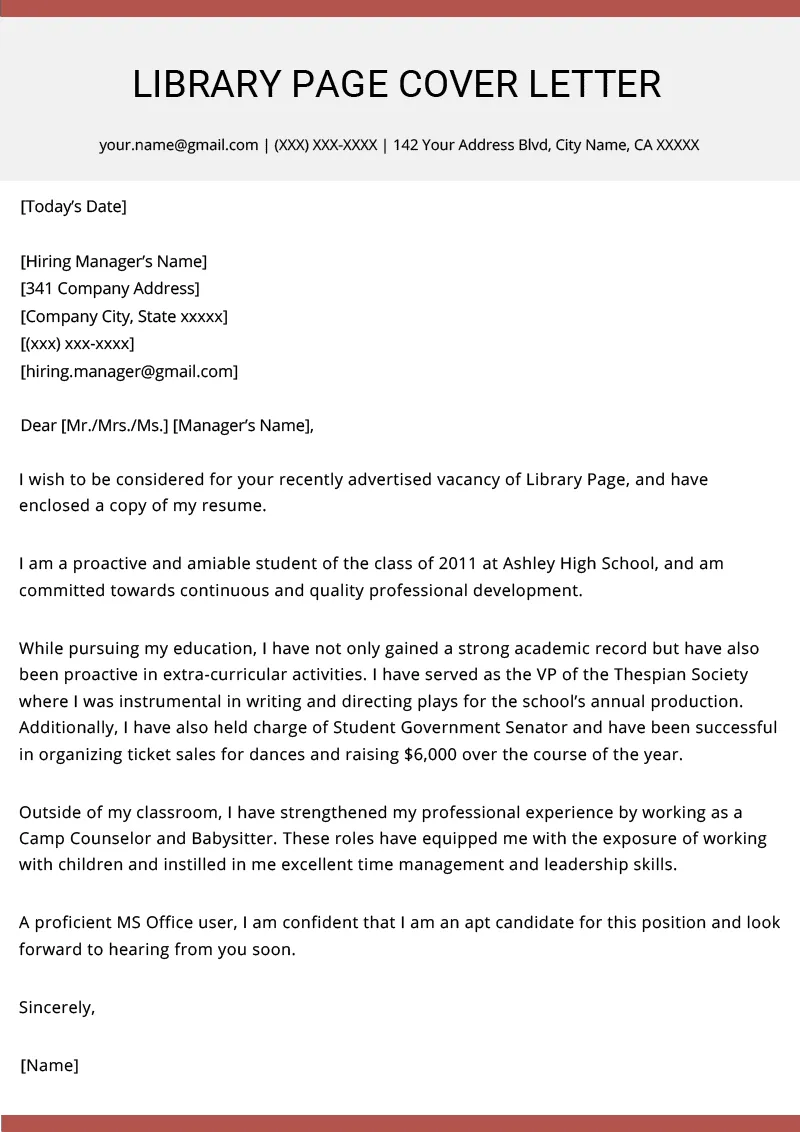
A generic cover letter is a missed opportunity. Tailoring your cover letter to each job application is essential. Carefully review the job description and identify the specific skills, experiences, and qualities the employer is seeking. Customize your letter to match these requirements, ensuring that you highlight the most relevant aspects of your background. By directly addressing the employer’s needs, you demonstrate that you have taken the time to understand the role and are genuinely interested in the position.
Identifying Key Requirements and Matching Skills
Carefully read the job description to find the keywords. These keywords often signal which skills and experiences the employer values most. The job description likely outlines responsibilities like story time facilitation, program development, collection management, and providing reader’s advisory services. Make sure you highlight any past experiences that align. When possible, use the same language and terms used in the job posting to show the employer you’re familiar with the role. This targeted approach significantly improves your chances of getting noticed and setting up an interview.
Demonstrating Your Enthusiasm for the Library’s Mission
Expressing your enthusiasm for the library’s mission and values is just as important as the qualifications. Research the library’s website, mission statement, and programs to understand their specific goals and initiatives. Then, in your cover letter, reference these specifics to show that you’re not just applying for a job, but you’re interested in contributing to their mission. Are they focused on early literacy, serving diverse communities, or promoting lifelong learning? Tailor your letter to align with their goals and demonstrate how your skills and experience can help them achieve their objectives.
Highlighting Relevant Skills and Achievements
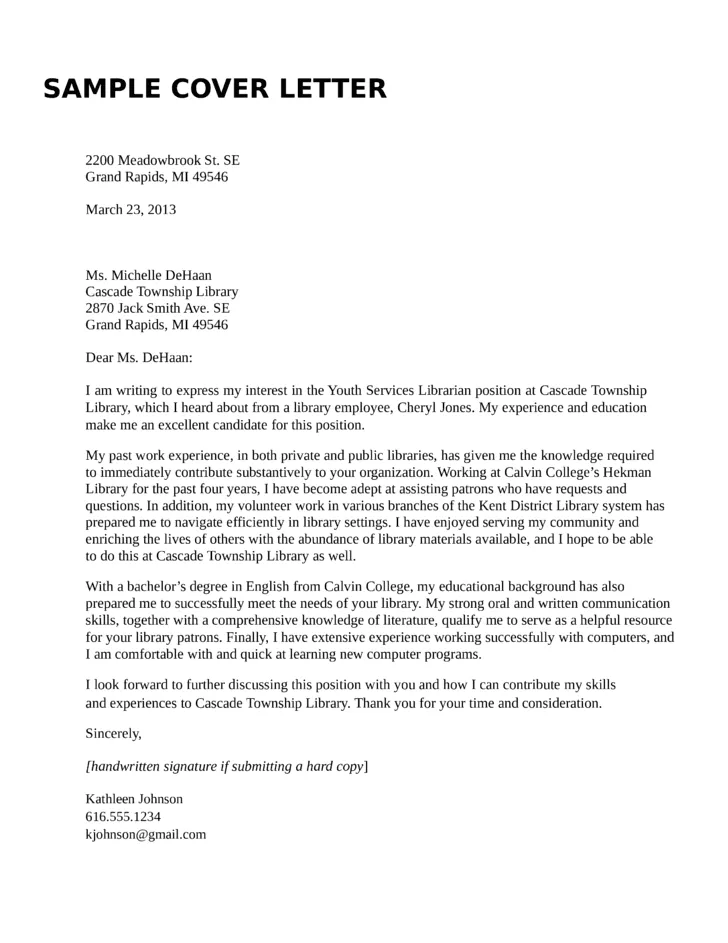
When describing your skills and experience, go beyond simply listing your job duties. Use the STAR method (Situation, Task, Action, Result) to provide concrete examples that show how you have used your skills to achieve positive outcomes. For instance, you might describe a situation in which you developed a new reading program (Task), the actions you took to implement it (Action), and the positive results, such as increased participation and improved literacy scores (Result). Quantify your achievements whenever possible. Did you increase program attendance by a certain percentage? Did you receive positive feedback from children or parents? Highlighting your achievements demonstrates your competence and makes your cover letter more compelling.
Writing a Compelling Cover Letter Body
The body of your cover letter is where you can highlight your skills and relevant experience to showcase your ability to perform the key job responsibilities. This section should focus on providing specific examples that demonstrate your competence and achievements. Organize your letter logically, typically using a few paragraphs to address different areas. For example, you might dedicate one paragraph to your experience with children’s programming, another to your knowledge of children’s literature, and a third to your customer service skills. This clear structure makes your letter easy to read and allows the employer to quickly identify the key points about your suitability for the role.
Structuring Your Cover Letter Effectively
Structure your cover letter with a clear and logical flow to make it easy to read and understand. Begin with a strong opening, immediately capturing the reader’s attention and stating the position you’re applying for. Use the middle paragraphs to highlight your skills and experiences, using the keywords from the job description. Your cover letter should then conclude with a strong closing statement that summarizes your key qualifications and expresses your enthusiasm for the position and the library. Maintaining a professional tone throughout the letter helps highlight your written communication skills.
The Importance of a Strong Opening Statement
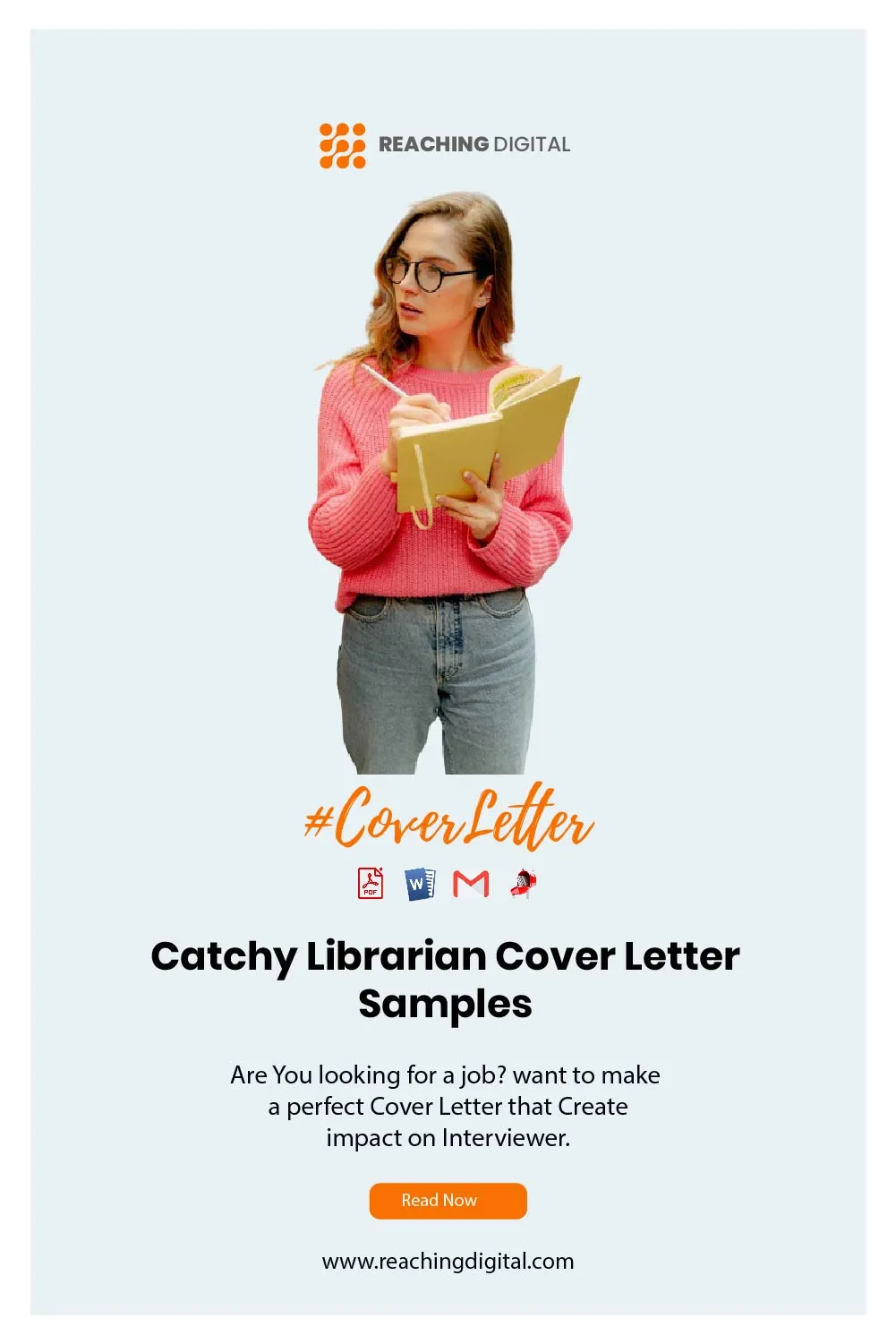
The opening paragraph is where you need to grab the reader’s attention. It should state the position you are applying for and briefly mention how you learned about the job. Include a compelling sentence that captures your key strength or unique selling point. Consider including a specific example, which is a great way to start, of a successful project or a skill that relates to the role. This opening serves to immediately draw the reader in, establishing your initial credibility, and making them eager to learn more.
Emphasizing Achievements and Quantifiable Results
Throughout the body of your cover letter, focus on your achievements and results. It’s not enough to simply list your job duties. Instead, describe how you excelled in your previous roles. Quantify your accomplishments whenever possible. Use numbers and data to demonstrate the impact of your work, such as the number of children you served, the percentage of program attendance increase, or the positive feedback you received from the community. Whenever possible, provide concrete examples to support your claims. Highlighting your quantifiable results makes your cover letter more persuasive.
Closing Your Cover Letter with Confidence
Your closing paragraph should reiterate your interest in the position and summarize your key qualifications. Express your enthusiasm for the opportunity and reinforce your belief that you are a good fit for the role. Provide information on how you will follow up and thank the hiring manager for their time and consideration. It’s also a good time to clearly state how you look forward to an interview. This strong conclusion reinforces your key strengths and confirms your professional approach to the application process.
Proofreading and Editing Your Cover Letter
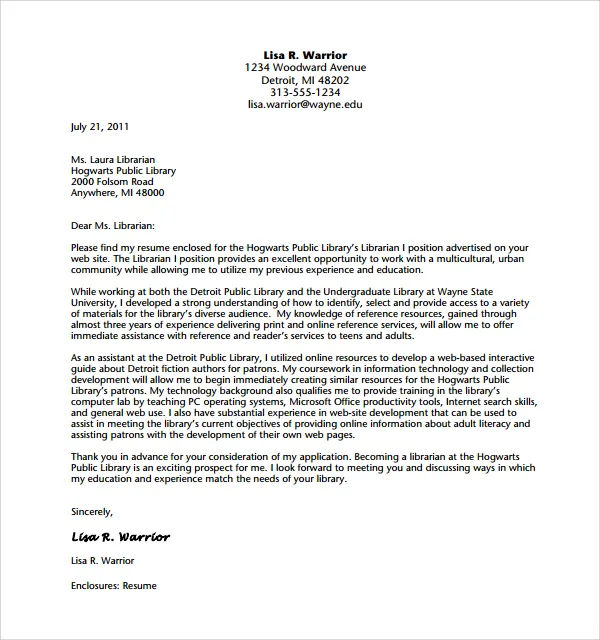
Before submitting your cover letter, proofread and edit it carefully. Errors in grammar, spelling, and punctuation can damage your credibility and make a negative impression. Use spell check, but also read the letter aloud to catch any awkward phrasing or other mistakes. Ideally, have a friend or colleague review your cover letter for clarity and accuracy. Make sure the formatting is consistent and easy to read. A polished and professional cover letter reflects your attention to detail and your respect for the hiring process.
Contact Information and Follow-up Strategies
Ensure your contact information (phone number, email address) is up-to-date and easily accessible in your cover letter and resume. After submitting your application, follow up with the hiring manager. Follow up within a week or two of the application deadline to check on the status of your application and reiterate your interest. A well-written follow-up email shows your enthusiasm and commitment to the role. Remember to thank the hiring manager for their time and consideration again and reference your application to jog their memory.
Writing a compelling cover letter is a crucial step toward landing your dream job as a Children’s Librarian. By highlighting your passion, tailoring your letter to the specific job description, and showcasing your skills and achievements, you will create a document that grabs attention and opens doors. Use this guide as a framework, and customize it to reflect your unique strengths and experiences. Good luck with your job search!
